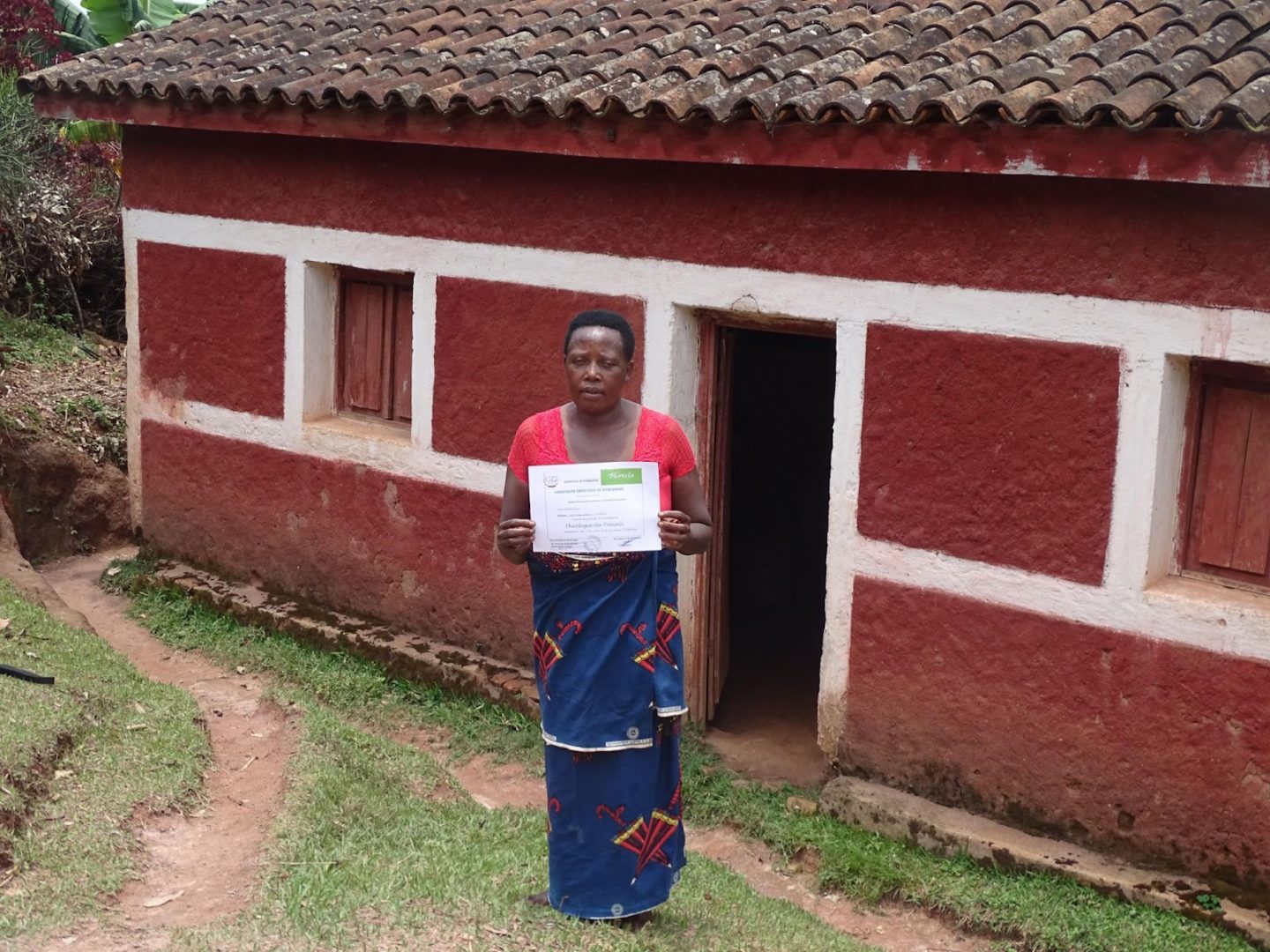Environmental Restoration
How can environmental restoration work? Land degradation means farmers have to work harder each year to grow less food and earn less income. Erosion, irregular rainfall, and conventional farming practices such as tillage or burning further degrade soil and the surrounding environment. Farmers participating in Purpose Groups reverse this cycle and become agents of regeneration creating environmental restoration.
It’s All Connected
Reforestation, and regenerative farming restore ecosystems, mitigating climate change both for us and for future generations, but there’s more. These techniques contribute to 37% higher crop yields, which increases farmer income and quality of life for their family and community, reducing poverty.
Support Environmental Restoration Around the World
How Does Our Environmental Restoration Work?
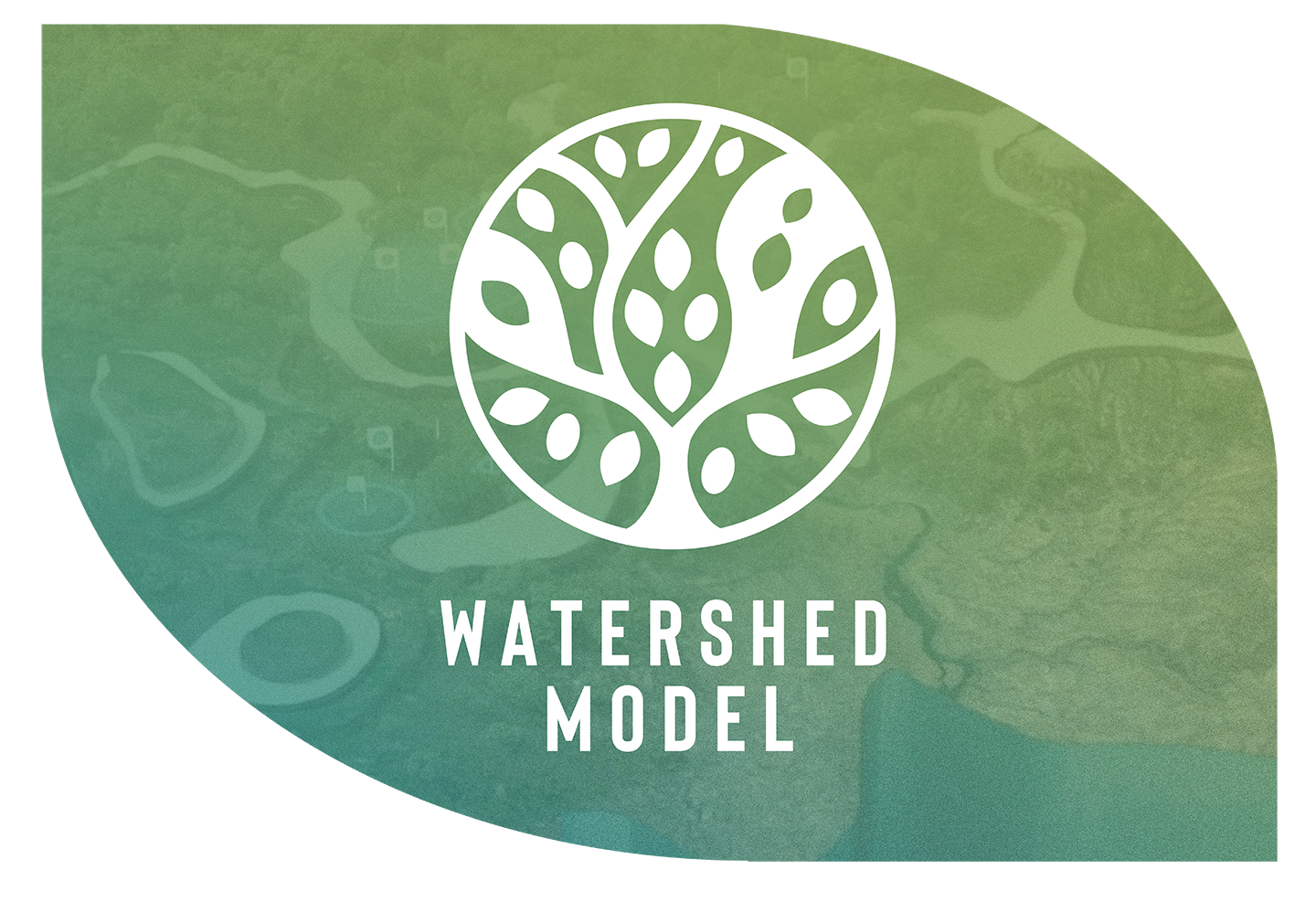
Our Signature Watershed Model
A watershed is a region defined by rivers and streams that all flow into a common, larger body of water. We work within watersheds because life there is interconnected—positive change is literally multiplied as environmental improvements happen, and neighbors help neighbors. Learn more about our Watershed Model.
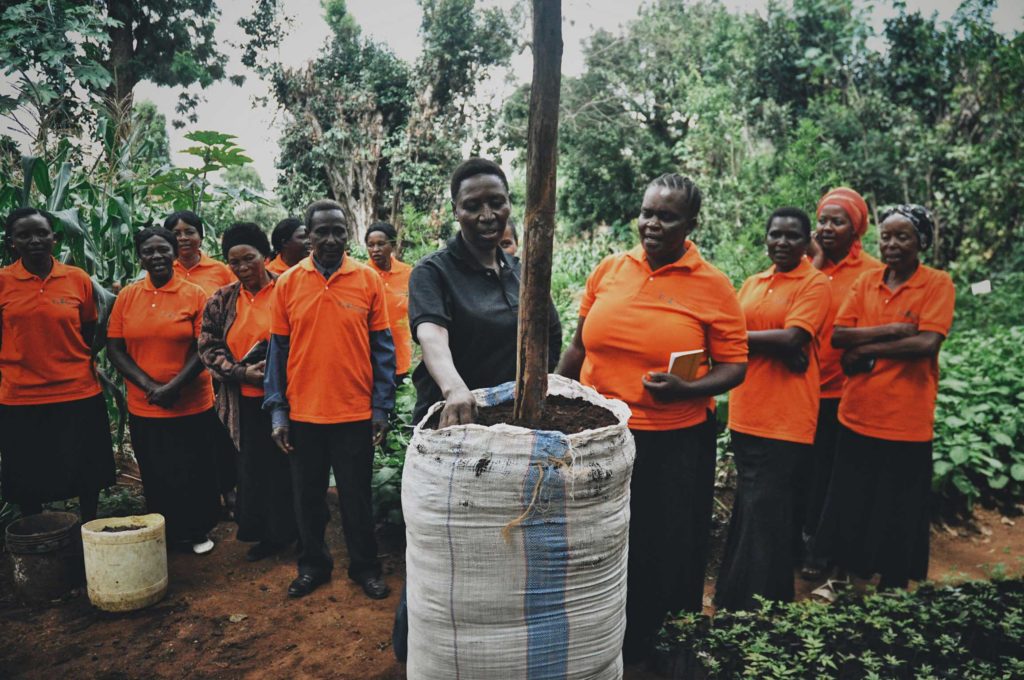
Regenerative Agriculture
Our Farmer Field Schools create a platform for participating farmers to test and co-develop regenerative agricultural practices within their communities. These practices rebuild healthy soil, increasing crop diversity and yields long term. Participants in Purpose Groups apply 89% more regenerative agriculture techniques than nonparticipants. These techniques include:
- Composting
- Use of green manure or over crops
- Establishment of woodlots
- Agroforestry
- No-till or minimum tillage
- Terrace farming
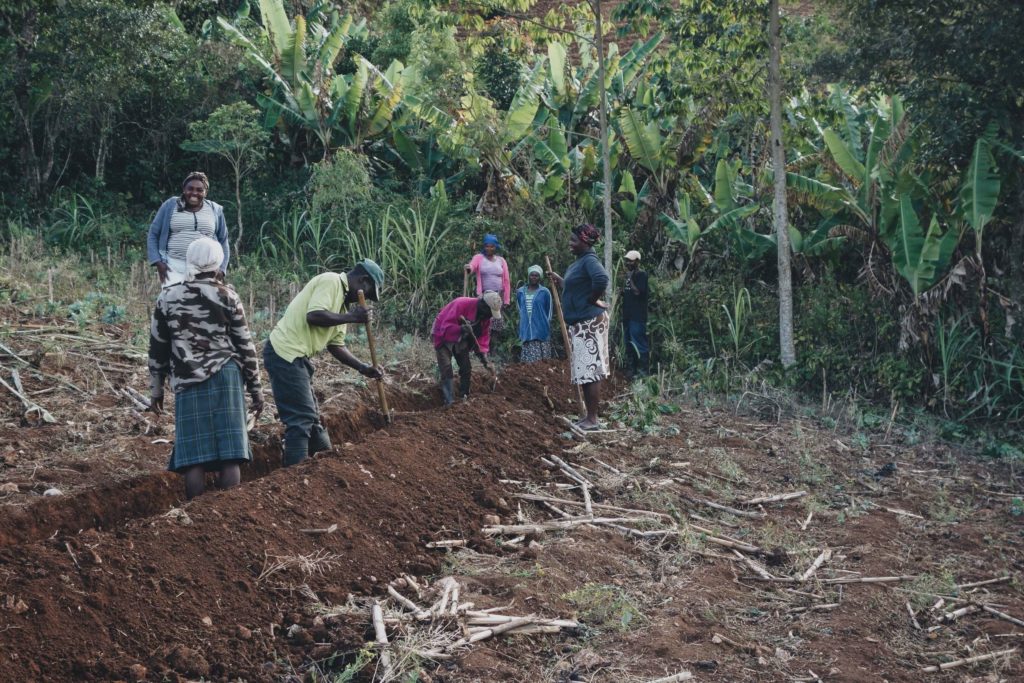
Soil Conservation
- Stone barriers
- Living barriers
- Contour canals
- Training in soil ecosystems
- Riverbank reinforcement and water source protection
- Tree planting
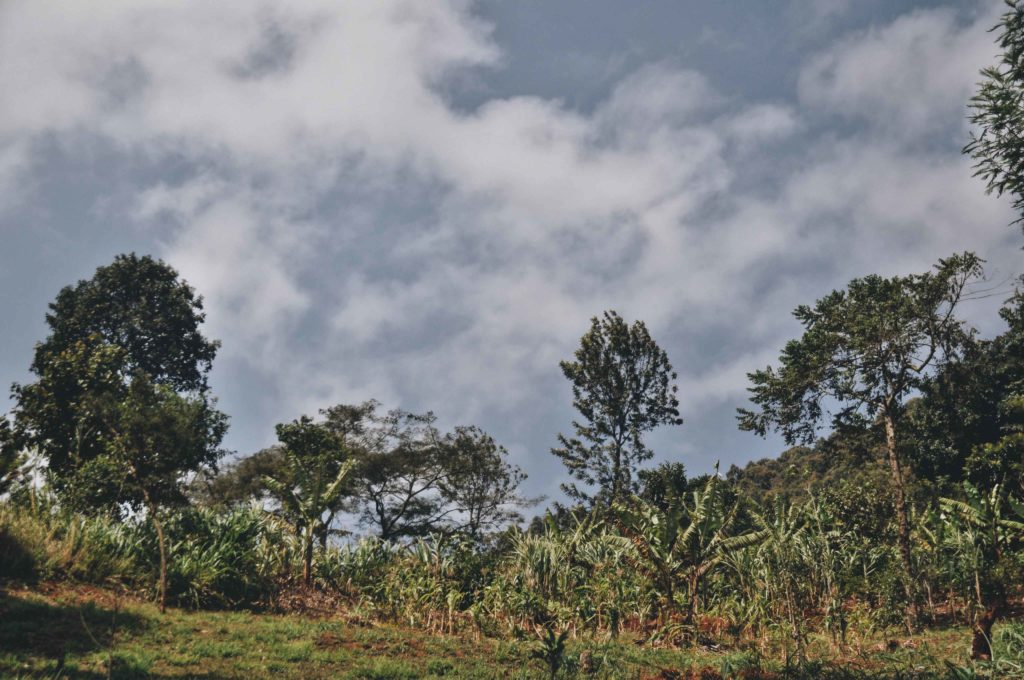
Reforestation
Tree and plant coverage is increasing or stable in every watershed where we work. Plant With Purpose partners plant trees on farms, in common areas, and in forests, transforming their entire watershed. Trees can reduce erosion, restore water cycles, capture carbon from the atmosphere, and promote biodiversity. Additionally, participants are nearly twice as likely to plant native trees as nonparticipants (50% vs. 27%). Learn more about our tree planting efforts.
Testimonial Stories
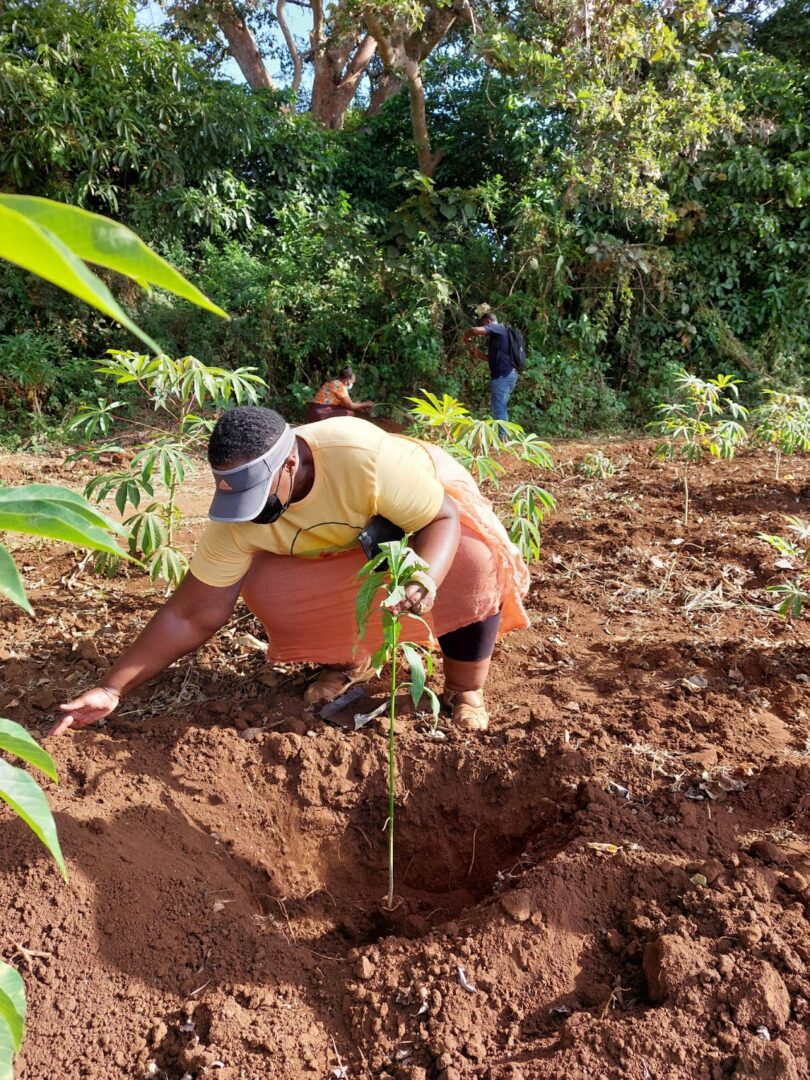
Annah Amani, MPH, Ph.D.
Annah Amani, MPH, Ph.D.

Susan Dobkins
Susan Dobkins
